The low glycemic index diet is based on the concept of the glycemic index (GI). Studies have shown that it can be helpful in losing weight and lowering blood sugar.
GI is a measure that classifies foods based on their effect on blood sugar. How different foods raise sugar is compared to the absorption of 50 grams of pure glucose, which is used as a reference food, and has a GI value of 100.
Depending on its value, the GI level can be:
- Low: 55 or less.
- Medium: 56-69.
- Height: 70 or more.
Low GI foods are the preferred choice as they are slowly digested and absorbed, causing a gradual rise in blood sugar. Therefore, know the guide to the low glycemic index diet to achieve your health goals.

Low Glycemic Index Diet Guide
1. What foods have a glycemic index?
Foods are only assigned a GI value if they contain carbohydrates, that is, those like beef, chicken, fish, eggs, herbs and spices, will not be found on the GI lists.
Carbohydrates are found in breads, cereals, fruits, vegetables, and dairy products, and they are an essential part of a healthy diet.
When you consume any type of carbohydrate, your digestive system breaks it down into simple sugars that enter the bloodstream. However, not all carbohydrates are created equal , as the different types have unique effects on blood sugar.
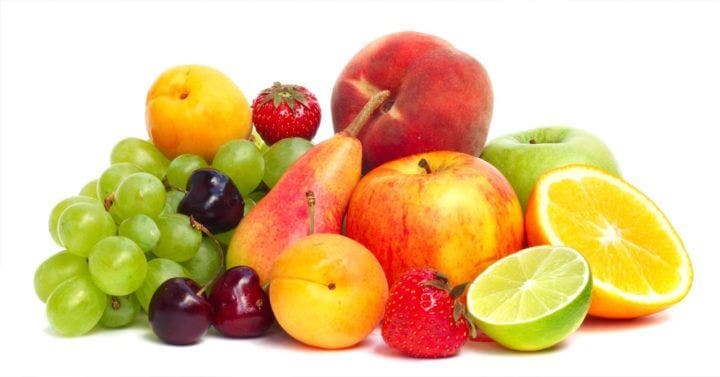
2. What factors influence the glycemic index of foods?
2.1 Type of sugar
It is a mistake to think that all sugars have a high GI . It actually ranges from 19 for fructose to 105 for maltose. Therefore, the GI of a food will depend on the type of sugar it contains.
2.2 Structure of starch
Starch is a carbohydrate made up of two molecules, amylose and amylopectin. Amylose is difficult to digest, while amylopectin is easily digested. Foods with a higher amylose content will have a lower GI.
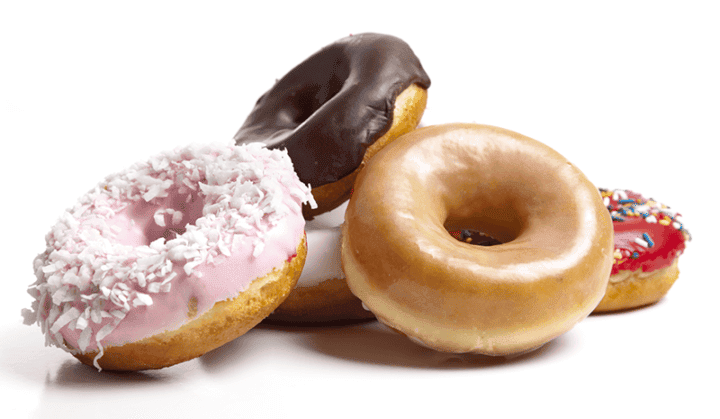
2.3 Refined carbohydrates
Processing methods like grinding and rolling can raise the GI. Generally speaking, the more processed a food is, the higher its GI .
2.4 Composition of nutrients
Adding fats or acids to foods will lower the GI of a meal.
2.5 Cooking method
Preparation and cooking techniques can also change the GI. In general, the longer a food is cooked, the faster its sugars are digested and absorbed, raising the GI.
2.6 Maturity
Unripe fruit contains complex carbohydrates that are broken down into sugars as the fruit ripens. Therefore, the more ripe the fruit, the higher its GI .
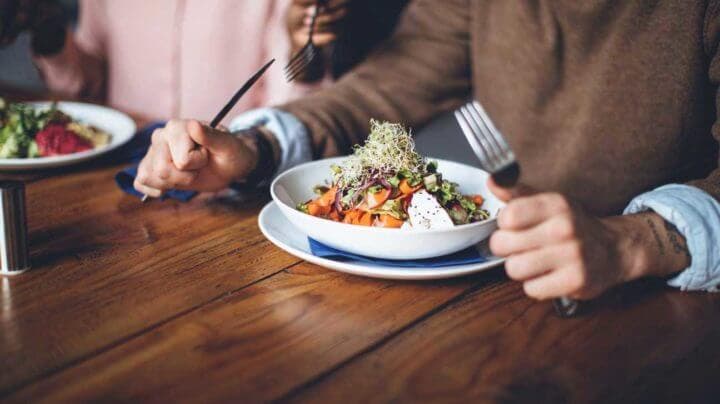
3. Is the amount of carbohydrates consumed important?
The rate at which a food raises your blood sugar depends on three factors: the type of carbohydrate it contains, the nutrients, and the amount you consume. However, the GI is a relative measure that does not take into account the amount of food eaten; and is often criticized for this reason.
To solve this, the glycemic load classification (GL) was developed; which consists of measuring how a carbohydrate affects the level of sugar in the blood, taking into account both the GI and the amount in grams per serving. Like the IG, the GL has three classifications:
- Low: 10 or less.
- Medium: 11-19.
- Height: 20 or more.
Although GI remains the most important factor to consider when following a low glycemic index diet, it has been recommended that people monitor their GL as well. To do this, it is suggested that people keep their total daily GL below 100. And the easiest way to achieve this is to choose as low-GI foods as possible and consume them in moderation.

4. Can a low glycemic index diet help with diabetes?
Good blood sugar control can prevent and delay the onset of complications, such as heart disease, stroke, and damage to the nerves and kidneys. In addition to this, several studies say that low GI diets are effective in reducing blood sugar levels in people with diabetes.
A study of almost 3,000 people with diabetes looked at the effects of this type of diet, as well as the high level of glycosylated hemoglobin (HbA1c) in the participants. The level of this molecule is an average measure of the amount of sugar in the blood over a three-month period. The study revealed that the HbA1c level was 6-11% lower in those on low-GI diets .
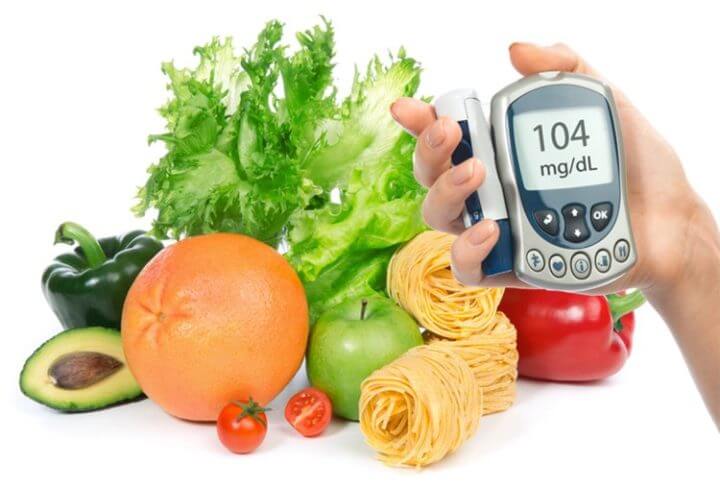
5. What other benefits does a low glycemic index diet bring?
- Better cholesterol level: Low GI diets have been shown to reduce total cholesterol by 9.6%, and LDL cholesterol by 8.6%. LDL cholesterol is associated with an increased risk of heart disease and stroke.
- Supports Weight Loss – They have helped healthy adults lose 0.7-1.9 kilograms over 5-10 weeks.
- May Reduce Cancer Risk: High GI dieters are more likely to develop certain types of cancer, such as endometrial, colorectal, and breast cancer.
- Reduces the risk of heart disease: A review of 37 studies found that people on high-GI diets were 25% more likely to develop heart disease.

6. What foods to eat on a low glycemic index diet?
A low glycemic index diet involves substituting high GI foods with low GI alternatives . There are many healthy and nutritious foods to choose from. Among them:
- Bread: whole grain, multigrain, rye, and cereal varieties.
- Fruits like apples, strawberries, apricots, peaches, plums, pears, and kiwi.
- Vegetables like carrots, broccoli, cauliflower, celery, tomatoes, and zucchini.
- Legumes like lentils, chickpeas, and baked beans, in addition to brown rice.
- Grains such as barley, couscous, buckwheat, and semolina.
- Dairy products such as milk, cheese, yogurt, custard, soy and almond milk.
In addition to these, the following foods also contain little or no carbohydrates:
- Meat; including beef, chicken, pork, lamb, and eggs.
- Fish and seafood.
- Nuts such as almonds, cashews, pistachios, and walnuts.
- Fats and oils.
- Herbs and spices like salt, pepper, garlic, and basil.
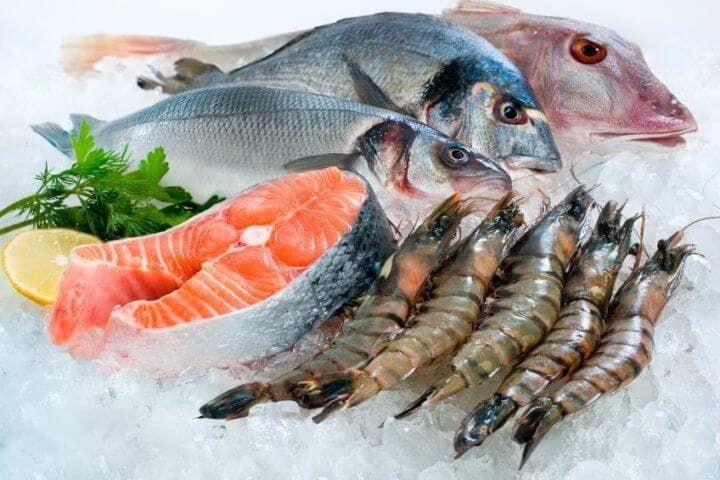
7. What foods should be avoided on a low glycemic index diet?
- Processed cereals.
- Starchy vegetables.
- Pasta and instant noodles.
- White bread.
- Medium grain white rice.
- Dairy substitutes such as rice and oat milk.
- Watermelon.
- Cakes and cookies.
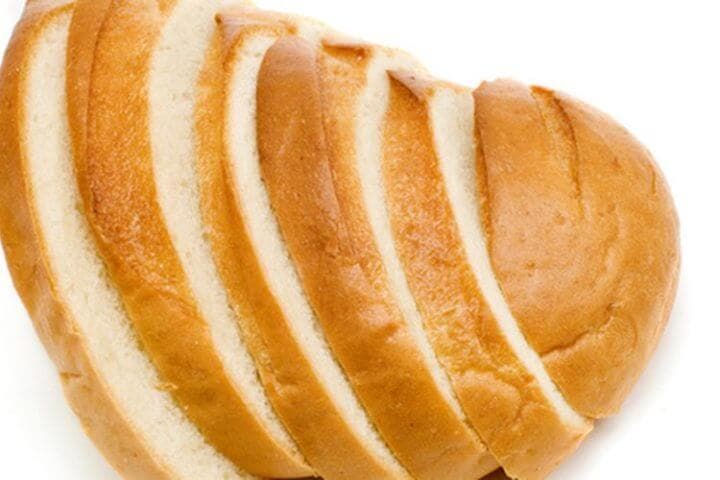
Reference
- Coyle, d. A Beginner's Guide to the Low-Glycemic Diet. For Healthline [Revised December 2017]
